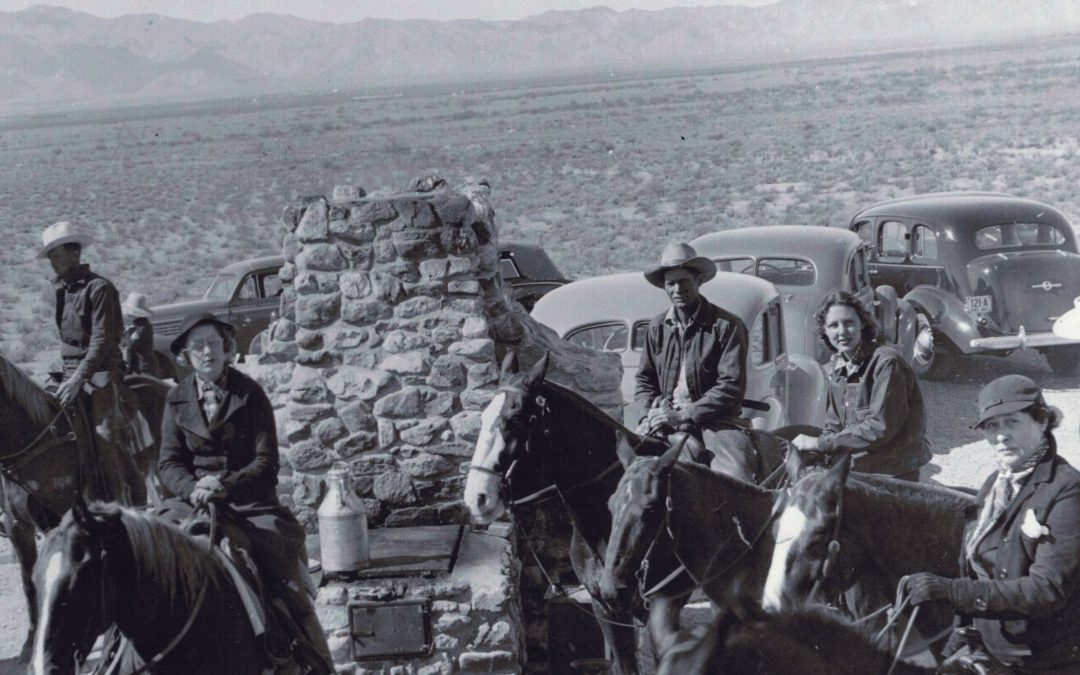[ad_1]
The home of a Goodyear tire executive who helped put the West Valley on the map is slated to become a destination, with plans to turn the 93-year-old estate into a museum and event space.
Paul Litchfield, who led Goodyear Tire & Rubber Co. in the early half of the 20th century, spent his winter months at La Loma Homestead. He built the Spanish Southwestern-style home on a hill northwest of Camelback and Litchfield roads.
The Litchfield Park Historical Society is leading the project, which is still in its conceptual design stage and is expected to cost about $3 million.
The group has secured $1 million from relatives of Litchfield, said Judy Cook, a Litchfield Park Historical Society board member.
Fundraising for the Paul Litchfield Heritage Center will begin by the end of the year.
The 5,400-square-feet home has been vacant since Litchfield’s son-in-law died in 2008. The family gifted the home and 21.2 acres around it to the city of Litchfield Park.
In search of cotton
Litchfield is considered among the great industrialists of the 20th century.
Cook puts it in another way.
“Paul Litchfield was to the rubber industry what Edison was to electricity,” she said.
His story not only impacted the tiny city of 3.3 square miles that bears his name. It’s the story of Avondale, Goodyear, and communities as far north as Surprise and as far east as Chandler.
“There wouldn’t be no Wigwam (Resort), no Litchfield School district, no Goodyear-Phoenix airport,” Cook said.
Litchfield came to Arizona in 1916 to plant cotton used in his patented rubber tire. He established the Southwest Cotton Company which had cotton-growing operations in Chandler, present-day Sun City and Litchfield Park.
His innovations in farming, aeronautics and rubber helped build the Goodyear company and the West Valley. Litchfield’s family had a home in Akron, Ohio — where the the company is based — and spent the cooler months at the La Loma Homestead.
A place that tells the region’s story
The main house was built in 1925 and restored and enlarged by Litchfield’s daughter Edith and her husband Wallace Denny in the mid-1970s.
Standing near the wooden doors of the home’s main entrance, Cook said the new center will be the only place dedicated to keeping Litchfield’s story alive.
“This is an actual historical artifact,” Cook said of the near century-old property. “If you don’t have a trail of history you have no sense of how hard people have worked for us to have the culture we have today.”
Equally important in this history as the vision of Litchfield and his cousin Kenneth McMicken, who ran the farm, are the stories of the many Mexican farmers who worked the land, picked the crops, and later settled in Avondale, Cook said.
“It’s important to remember the work of everybody,” Cook said.
Gallery and event space
The first phase of the project will include the restoration of the Litchfield living room, which has a mural painted in 1935 and original furniture and light fixtures made of metal by one of the farmworkers, Pedro Acuña.
The other areas of the house, such as the kitchen, dining room and bedroom, will serve as gallery space. The lower level of the house where an indoor pool is located will be the main entrance, and an additional basement floor will be added to store the archives, Cook said.
Among the collection the Litchfield Park Historical Society has stored are 700 artifacts, over 2,000 photos, thousands of documents, and recorded oral histories of about 200 people, Cook said. There are also 30 films documenting the settlement of the cotton fields and other development that came after.
Plans for new center include an outdoor event space with a catering kitchen.
As city-owned property, the project will go to the City Council for approval.
READ MORE:
Read or Share this story: https://azc.cc/2P1C3ak
[ad_2]
Source link

